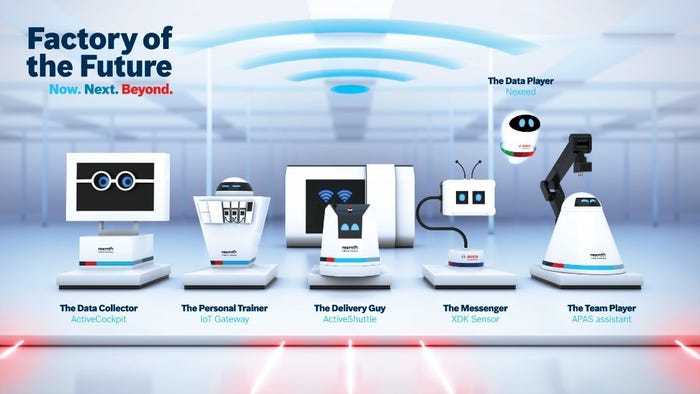While it may be slow in getting adopted, 5G connectivity aims to alter the factory floor with improved connectivity, AR, AI, IoT, and a wide range of supply chain advances.
March 11, 2020

Given that 5G is 100 times faster than 4G LTE or WiFi, it is likely to have a profound impact on manufacturing capabilities. 5G will make connections between devices and the cloud significantly faster. This can transform the notion of real-time.
Gartner says smart factories will receive major Industry 4.0 improvements from 5G. While some smart factory use cases can be achieved with existing 4G, most require the low latency and high reliability offered by 5G.
Manufacturers Will Spend Big on 5G
According to business intelligence company, Raconteur, manufacturers will be the biggest beneficiary of 5G connectivity. Raconteur forecasts that manufacturing will be responsible for $4,687B in 5G spending between now and 2035, which constitutes the lion’s share of the $13.2 trillion in 5G spending over the next 15 years. The transformation is not going to be easy, and many analysts following manufacturing believe that the ubiquitous use of 5G technology in manufacturing is years away.
Forrester Research reports that the 5G option will become more appealing as standards evolve and technologies become available. So far, only the initial set of 5G features is available. There are few devices on the market, and public 5G cellular networks are just starting to appear.
RELATED ARTICLES:
Rob Spiegel has covered automation and control for 19 years, 17 of them for Design News. Other topics he has covered include supply chain technology, alternative energy, and cyber security. For 10 years, he was owner and publisher of the food magazine Chile Pepper.
About the Author(s)
You May Also Like





